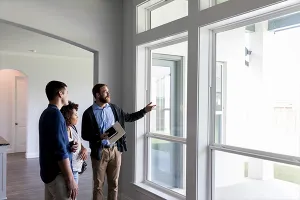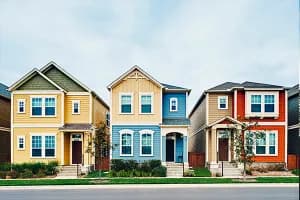New homes should carry a premium because everything is new: carpets, appliances, paint, etc. Moreover, the new home tends to be larger. However, new homes may not necessarily be built in the best of neighborhoods simply because all the good land has already been taken. The price data still says that a typical new home is worth more than a typical existing home.

But note the big divergence above that occurred during the crash years. Because material costs and labor costs keep rising, a certain minimum price is required on a newly constructed home, otherwise builders will simply not produce. This minimum price on a typical new home was $220,000 or so. So when existing home values dramatically fell, a gap between new and existing home prices opened up. Even with recent gains in existing home values, the gap still persists. In addition, many economists expect higher commodity prices ahead in light of additional Quantitative Easing by the Fed. Therefore, if anything, new home prices have no choice but to move up further in order to cover those rising construction-material costs. The outlook for existing home prices are then very positive, particularly in those local markets where the gap between new and existing home prices remain very wide.








